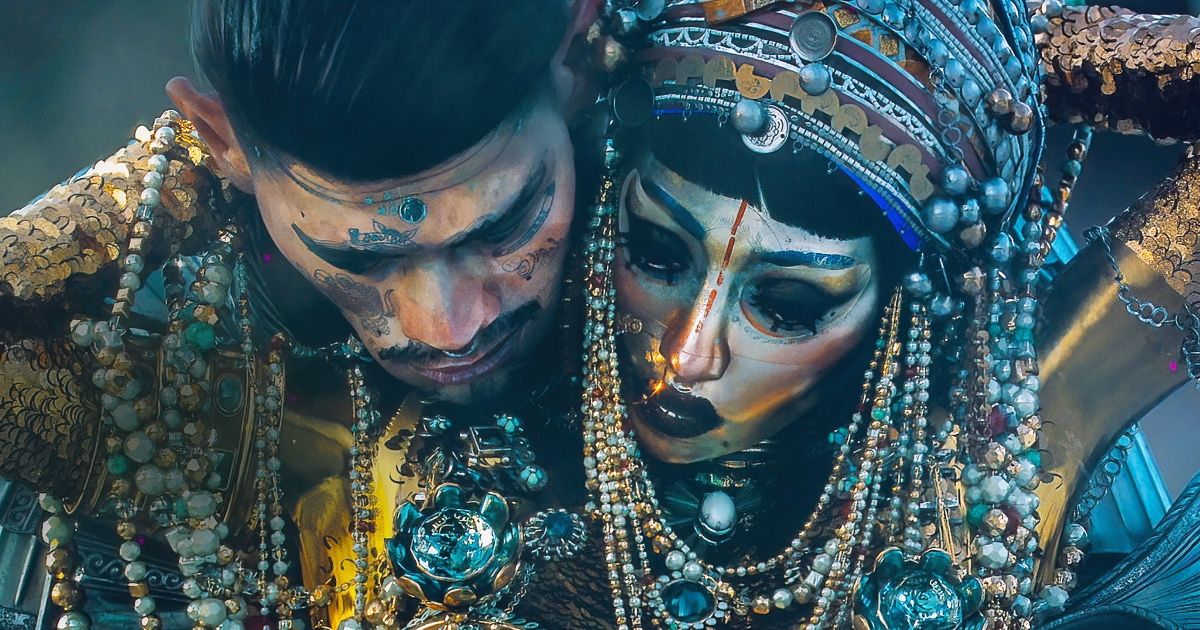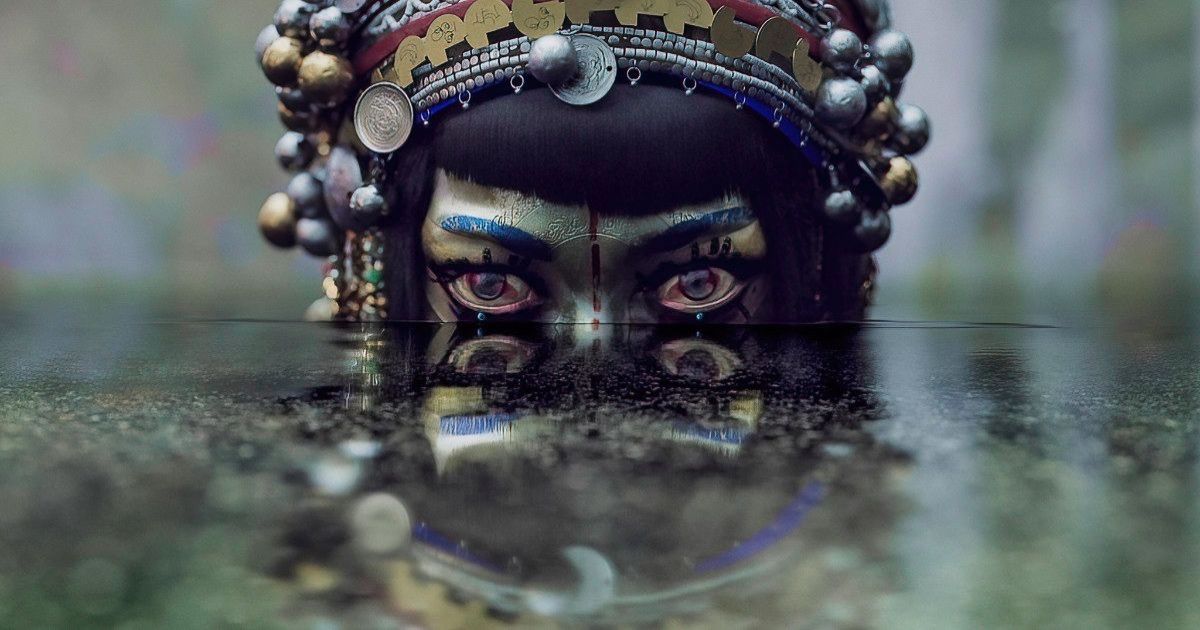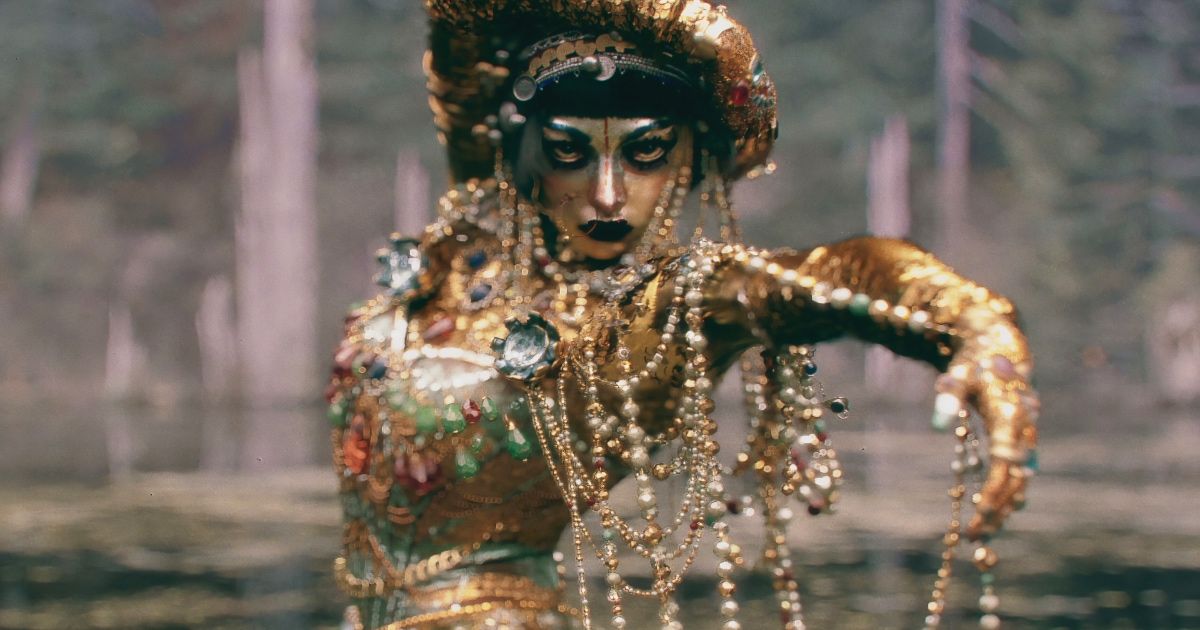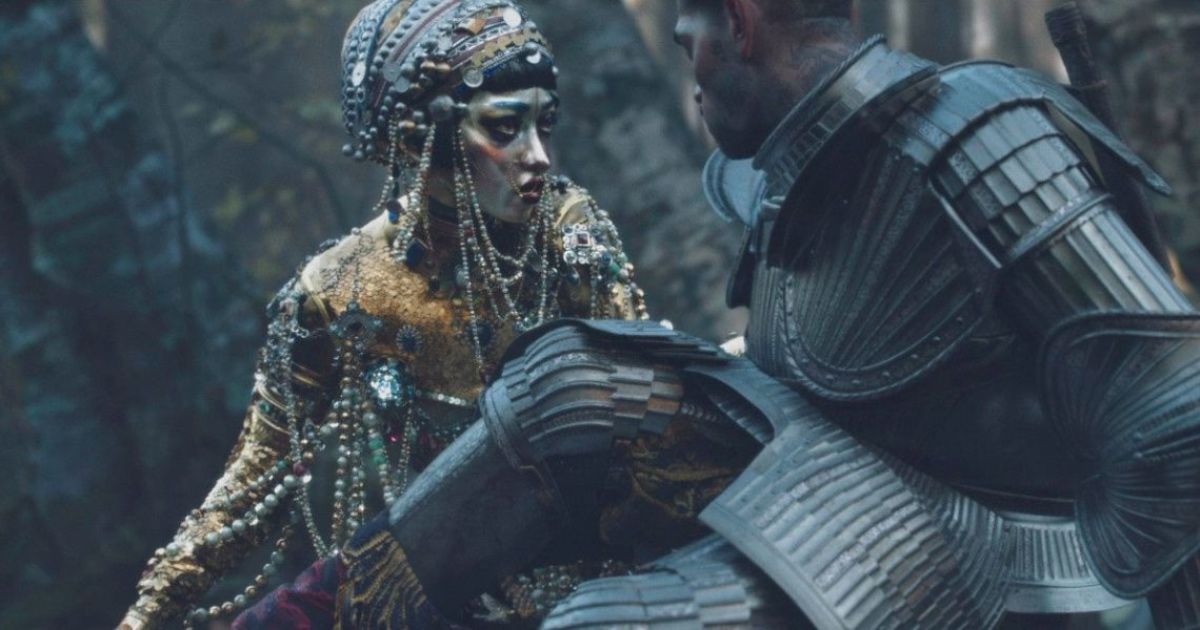It would be difficult to overestimate Netflix’s influence over modern television. While the network has been a subject of several controversies for sprouting prices, withholding any actual viewership analytics, and cutting its animation department, it still managed to consistently give us some of the best original series and movies. A gem in the crown is, of course, Love, Death, and Robots.
This anthology series hit a message home that animation should be elevated, not diminished by Hollywood. Animation is not just children-oriented by definition, and adult animation does not have to be just ugly and crass; it can be beautiful, meaningful, and wildly experimental. Some Love, Death, and Robots episodes fall a bit short, underestimating their audience and, as a result, sounding preachy and pseudo-intellectual. Others are cinematic masterpieces.
Episode 9 of season 3, Jibaro, without a doubt joins the list of the best episodes of the show. The deaf knight and the mysterious siren intertwine in a deadly dance. Fatal obsession, full of blood, death, and treasure, from the brilliant Spanish filmmaker Albert Mielgo, who returned after directing an episode in season one. The Witness has received universal acclaim and has earned him an Emmy, but his new thought-provoking sensory marvel is even more ambitious, competing with some of the greatest animated movies for adults.
Animation of Jibaro
Interestingly, Alberto Mielgo started learning the language of aesthetics and colors through the digital medium, before trying physical drawing and oil painting. A fan of comic books, he explored storytelling devices where the visual carries the story instead of the words. This visionary (or madman) opted to continuously find ways to challenge himself as an artist with difficult techniques, demanding shots, and the use of technology. As he said in his interview with ScreenRant: “I love technology, and I like to push the boundaries, especially visually — not for the sake of just pushing the boundaries, but to serve the story. So I felt that that was the right way to do it. It was suffering, but we ended up doing it, which is cool."
Suffering indeed gives art an edge, its haunting beauty. Mielgo’s Jibaro takes on some of the most laborious things in animation: splashing water, glittering jewels that move with the body, naturalistic landscapes, underwater shots — and the result is so tangible, fluid, and captivating that, much like the enigmatic siren in the story, it's impossible to look away from. Jibaro uses a mix of animation styles, seamlessly incorporating 3D modeled characters on 2D painted backgrounds.
Getting inspired by Alejandro González Iñárritu’s majestic and intense revenge thriller The Revenant, Mielgo spent three weeks in Northern California, Washington, and Oregon, gathering video-reference for the backgrounds. He spoke about using underwater video references for the textures and the lighting, too, as he wanted to properly convey the darkness and anguish of the water depths.
Choreography of Jibaro
A big part of Jibaro’s allure is not only the refinement of the still images but also the fluidity of motion and the theatricality of movements, done without any use of motion capture. The team embraced keyframe animation, after hours and hours of studying video references from Sara Silkins and her choreographers. As the director shared in the aforementioned ScreenRant interview, for two weeks they were rehearsing and “trying to figure out what are the movements, what are the motivations of the characters, how do they move, how do they dance, how they communicate all these feelings through dancing.”
There was deliberate intent behind using dancers as a frame of reference instead of stunt actors or martial arts fighters, even when animating knights. Mielgo explained that dancers actually communicate with their bodies; the action thus looks extra violent because of how purposeful and aggressive dancers move.
This avant-garde ballet is followed by a shaky cam, balancing theatricalism with some dose of realism, and obscuring the line between animation and live-action even further. While the use of shaky cam has divided the audience, Mielgo explains in his interview with Animation World that this device helps escape the silver screen, and give Jibaro an even greater surrealist touch, immersing the viewer into the story.
“I do like when the camera is alive,” says Mielgo, “I like to make the audience feel like you are actually there and maybe holding the camera yourself."
Interpretation of Jibaro
Jibaro is not a nice and straightforward hero’s journey, and it is not a story about a guy that is saving the world. Could it be a reimagining of Spanish colonization through a dark fairy tale about a siren and a deaf knight, resistant to her deadly call?
The setting indicates that conquistadors are traveling through the thick woods of Central America, meeting up with missionaries when all of them are entranced by a siren call. The knight in this interpretation signifies Europe, deaf to the cries and screams of its victims, and blinded by its greed. The siren is clad in gold and jewels, but the value of all of these treasures is ‘lost’ on her — they are her shell, a natural part of her. She is the enigmatic Eldorado, tales of which brought many conquistadors to their demise. Her curiosity and love cause her demise.
The utter impossibility of this union is shown through their kiss, as her sharp teeth and sequined lips hurt the knight, and then he slashes her coin-encrusted bodice, tears her gold chains, and rips off her mask. Not only the siren is magical here, but the forest too, as the knight wanders in a loop, unable to escape, as the waters carry the siren’s naked body back to her safe place, the heart-shaped lake. It is when the knight has taken everything that he wanted from her and almost rid her of her magic, that waters full of her blood, aware of his crimes, wash over his ears, granting him hearing. This is a dubious gift, which turns into an outright curse. In the end, the raped, beaten, and humiliated siren gets her revenge.
Mielgo himself does not expand much on this topic, shrugging it off as a mere cautionary tale of toxic relationships. “These two love each other for the wrong reasons”, and he continues to say: “We choose people for a completely wrong reason. And they choose us for a completely wrong reason as well. And we end up all suffering”. Even with the title of the episode, the director admits to CBR that at the start he did not know what jibaro meant. He adds that actually the feature never specifies who Jibaro is. There is a prevalent assumption that it is the knight, but maybe it’s not.
Jibaro has no dialogue, transcending the language barrier, relying on no narration (that sometimes can be excessive and ruin an otherwise interesting feature) or wordplay. This chaotic and cryptic short sprung countless discussions, with Reddit threads and articles brazenly titled Jibaro Explained, all coming up with wild theories and trying to decipher what it tried to say. This means the story managed to capture human hearts and stayed with viewers for long, rousing their imagination, and leaving them, as Mielgo intended, uncomfortable.




